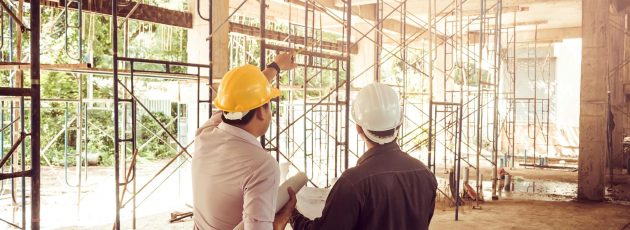The Special Interest Communities had a great year and have big plans for 2022. There will be more virtual meetings, more opportunities to network, and more options to hear subject matter experts. Remember – all IAIP members are welcome to join one or all the SICs, this benefit is included in your membership dues. This article is just one example of subject matter from a P&C Community member.
What is Ordinance or Law Coverage?
When a building is damaged by a Covered Cause of Loss, the property policy responds only for the damaged portion of the building. The coverage form excludes coverage for costs that result from ordinances or laws regulating construction, use or repair. Many cities and towns have legislation requiring buildings damaged beyond a specified percentage be demolished and/or replaced with a building compliant with the current building codes.
Ordinance or Law Coverage provides coverage for direct physical loss of or damage to a building that is Covered Property by a Covered Cause of Loss as the result of the enforcement of an applicable ordinance or law. It provides coverage for loss in value of the undamaged portion of the building, the demolition of undamaged portions of the building and for the increased cost of construction to comply with applicable building codes.
Ordinance or Law forms provide three distinct coverages:
Coverage A – Loss of Value to the undamaged portion of the covered building. Coverage pays for the loss of value of the undamaged portion of the building because an ordinance or law that requires the undamaged portion of the building to be demolished.
Coverage B – Demolition cost. This coverage reimburses the insured the cost to tear down and remove the undamaged portion of the covered building because of an ordinance or law that requires demolition of the undamaged property.
Coverage C – Increased Cost of Construction. This coverage pays the additional cost necessary to bring the building into compliance with current building codes. All buildings must be built in compliance with applicable building codes.
How do you underwrite Ordinance or Law?
Building updates – The older the building, the more likely an ordinance or law will require updates in the event of a Covered Cause of Loss. While it is not possible to know all building codes in each town, you can assume the building must meet ADA (Americans with Disabilities Act) requirements and may require sprinkler protection.
Financial Stability – With an older building in need of updates and/or renovations, the potential exists for a moral hazard. An insured could be tempted to replace an older, nonconforming building with a totally new one.
Demolition and Increased Cost of Construction Limits – The higher limit may mean the existing structure is lacking critical code compliance. i.e.: automatic sprinkler protection, handicap access, earthquake resistant construction, windstorm resistant construction, electrical/plumbing/mechanical code improvements, construction type changes, life safety code egress improvements
Sharyn M Clark, AU, CPIW
